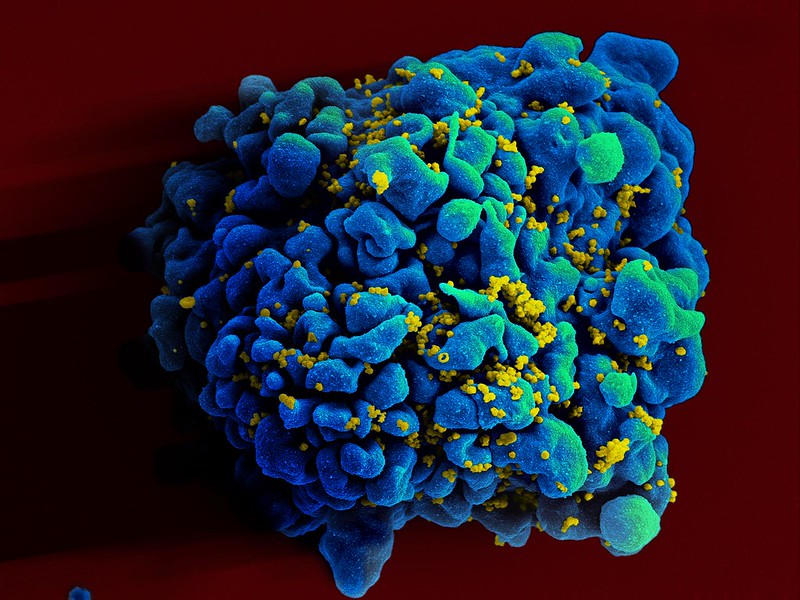European Medicines Agency Moves to Minimise JAK Inhibitor Risks

The European Medicines Agency’s safety committee (PRAC) has recommended measures to minimise the risk of serious side effects associated with Janus kinase (JAK) inhibitors used to treat several chronic inflammatory disorders. These side effects include cardiovascular conditions, blood clots, cancer and serious infections.
The Committee recommended that these medicines should be used in the following patients only if no suitable treatment alternatives are available: those aged 65 years or above, those at increased risk of major cardiovascular problems (such as heart attack or stroke), those who smoke or have done so for a long time in the past and those at increased risk of cancer.
The Committee also recommended using JAK inhibitors with caution in patients with risk factors for blood clots in the lungs and in deep veins (venous thromboembolism, VTE) other than those listed above. Further, the doses should be reduced in some patient groups who may be at risk of VTE, cancer or major cardiovascular problems.
The recommendations follow a review of available data, including the final results from a clinical trial of the JAK inhibitor tofacitinib and preliminary findings from an observational study involving baricitinib, another JAK inhibitor. During the review, the PRAC sought advice from an expert group of rheumatologists, dermatologists, gastroenterologists and patient representatives.
The review confirmed tofacitinib increases the risk of major cardiovascular problems, cancer, VTE, serious infections and death due to any cause when compared with TNF-alpha inhibitors. The PRAC has now concluded that these safety findings apply to all approved uses of JAK inhibitors in chronic inflammatory disorders (rheumatoid arthritis, psoriatic arthritis, juvenile idiopathic arthritis, axial spondyloarthritis, ulcerative colitis, atopic dermatitis and alopecia areata).
The product information for JAK inhibitors used to treat chronic inflammatory disorders will be updated with the new recommendations and warnings. In addition, the educational material for patients and healthcare professionals will be revised accordingly. Patients who have questions about their treatment or their risk of serious side effects should contact their doctor.
More about the medicines
The Janus kinase inhibitors subject to this review are abrocitinib, filgotinib, baricitinib, upadacitinib and tofacitinib. These medicines are used to treat several chronic inflammatory disorders (rheumatoid arthritis, psoriatic arthritis, juvenile idiopathic arthritis, axial spondyloarthritis, ulcerative colitis, atopic dermatitis and alopecia areata). The active substances in these medicines work by blocking the action of enzymes known as Janus kinases. These enzymes play an important role in the process of inflammation that occurs in these disorders. By blocking the enzymes’ action, the medicines help reduce the inflammation and other symptoms of these disorders.
Some JAK inhibitors are used to treat myeloproliferative disorders; the review did not include these medicines. The review also did not cover the use of baricitinib in the short-term treatment of COVID, which is under assessment by EMA.
Source: European Medicines Agency





